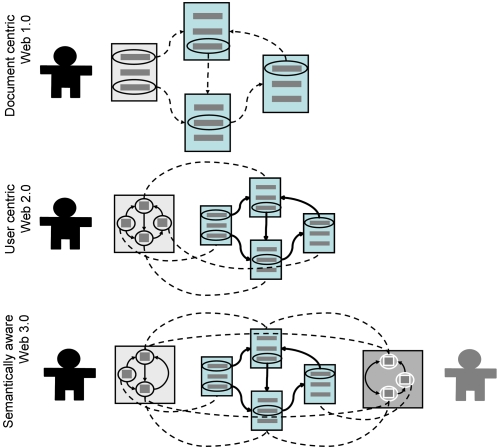Figure 1. Three generations of design patterns for web-based applications.
The original design (“1.0”) consists of collections of hypertext documents that are syntactically (dashed lines) interoperable (traversing between them by clicking on the links), regardless of the domain content. The user centric web 2.0 applications use internal representations of the external data structures. This representation is asynchronously updated from the reference resources which are now free to have a specialized interoperation between domain contents. An example of this approach is that followed by AJAX-based interfaces. Finally, the ongoing emergence of the semantic web promises to produce service oriented systems that are semantically interoperable such that the interface application reacts to domains of knowledge specifically. At this level all applications tend to be web-interoperable with peer-to-peer architectures complementing the client-server design of w1.0 and w2.0.

